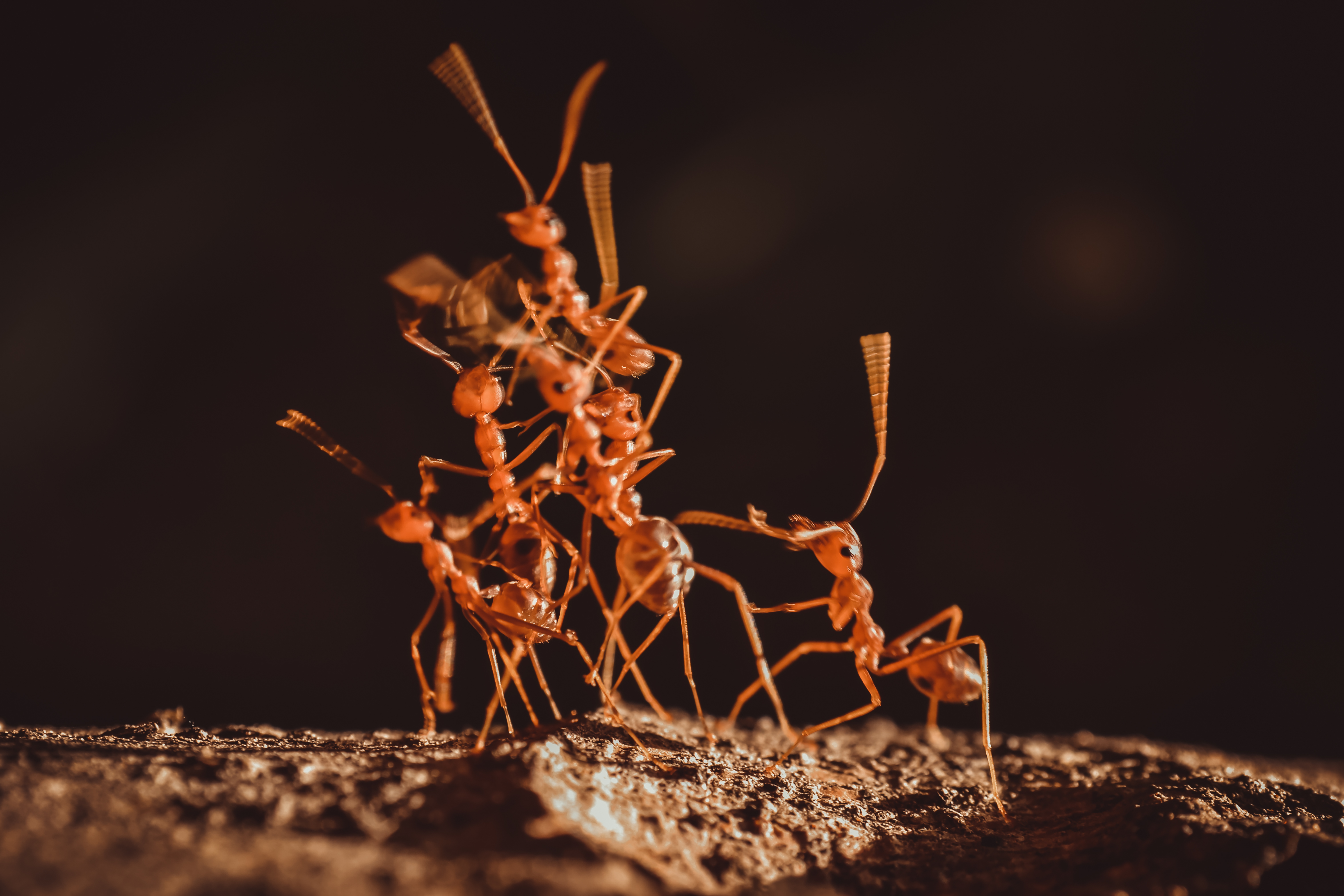10 Creatures That Live in Total Darkness and Don’t Mind at All
The natural world is a tapestry woven with light and shadow, yet it is often the shadows that harbor the most intriguing mysteries. The deep, dark recesses of our planet—be it the ocean's abyss, the dense canopies of ancient forests, or the secluded caves—are home to a fascinating array of creatures that have adapted to thrive in perpetual darkness. These environments, devoid of sunlight, challenge life in ways that have led to remarkable evolutionary innovations. This exploration invites you to delve into the shadows and discover the creatures that have turned darkness into their ally. From the ocean's midnight zone to the pitch-black caverns of the earth, these organisms have developed extraordinary adaptations that allow them to survive and even flourish where light is but a distant memory. As we journey through these realms, we will uncover the secrets of 10 remarkable creatures, each a testament to nature's resilience and ingenuity.
1. The Anglerfish: Beacon of the Deep
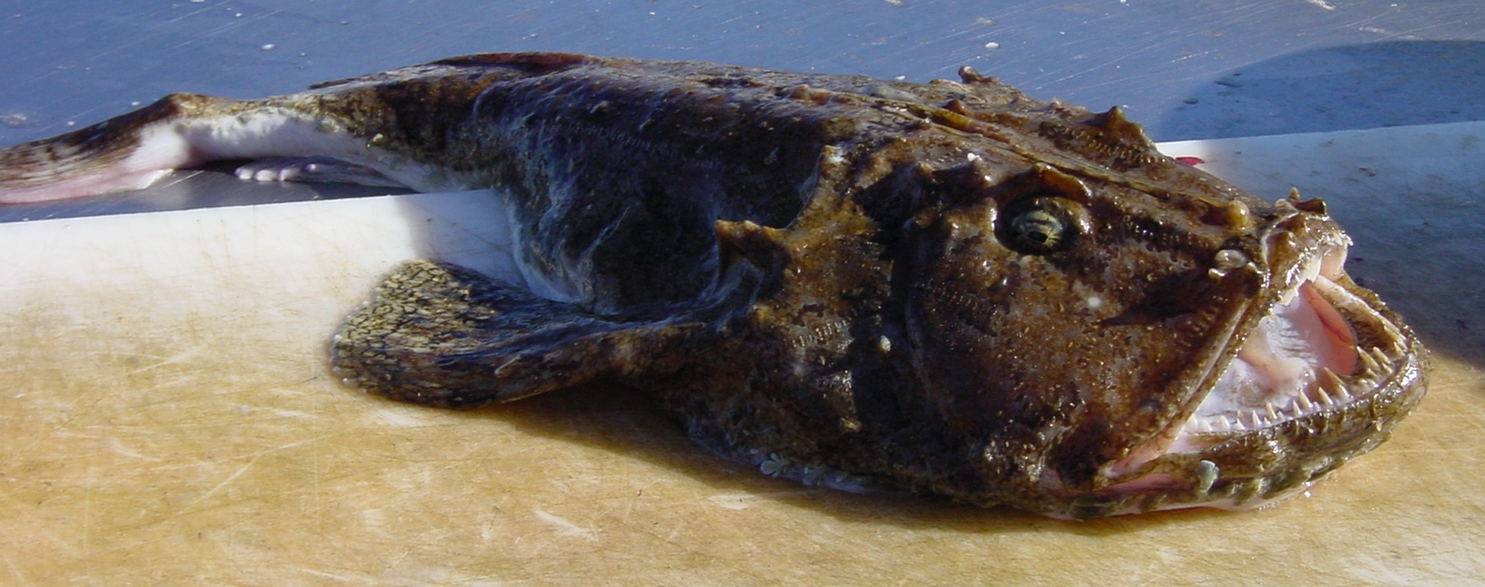
In the inky depths of the ocean, where sunlight fails to penetrate, the anglerfish reigns as a master of survival. This deep-sea dweller is perhaps best known for its bioluminescent lure, a glowing appendage that dangles from its head to attract unsuspecting prey. This adaptation is a brilliant example of nature's resourcefulness, allowing the anglerfish to illuminate its dark world and turn the absence of light into an advantage. Beyond its luminous lure, the anglerfish exhibits other fascinating adaptations. Its mouth is a cavernous maw filled with sharp teeth, capable of ingesting prey nearly its own size. This is crucial in an environment where scarce meals and opportunities to feed are rare. Furthermore, the anglerfish's skin is a deep, mottled black, providing perfect camouflage against the dark ocean floor. The anglerfish's life is a study in contrasts, where the absence of light has given rise to one of the ocean's most iconic predators.
2. The Aye-Aye: Nocturnal Forager of Madagascar
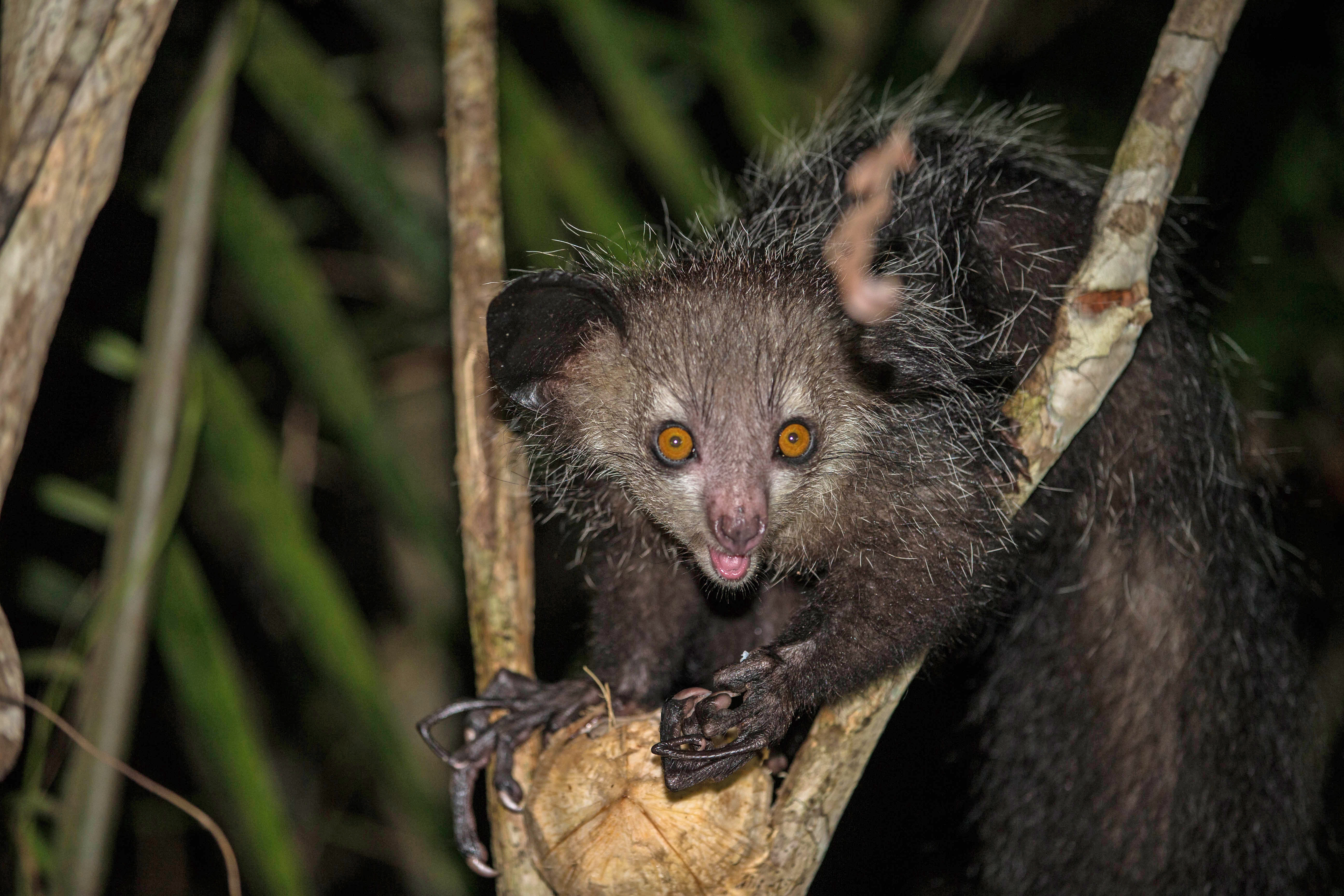
Emerging from the shadows of Madagascar's forests, the aye-aye is a creature that defies convention. This nocturnal primate is a master forager, using its elongated middle finger to tap on tree trunks and locate grubs hidden beneath the bark. In the absence of light, the aye-aye's acute sense of hearing becomes its most valuable tool, allowing it to detect the faintest movements of its prey. The aye-aye's adaptations extend beyond its unique foraging technique. Its large, sensitive ears and eyes are perfectly suited for a life in darkness, helping it navigate the dense forest under the cover of night. Despite its eerie appearance, the aye-aye plays a crucial role in its ecosystem, acting as a predator and seed disperser. As a symbol of Madagascar's unique biodiversity, the aye-aye challenges our perceptions of beauty and survival, thriving in a world where darkness offers refuge and opportunity.
3. The Blind Cavefish: Evolution's Hidden Pathways

In the subterranean waters of caves, the blind cavefish exemplifies how life can adapt to total darkness. Over generations, these fish have lost their eyes, a feature rendered unnecessary in an environment devoid of light. Instead, they have developed an acute sense of touch and smell, relying on sensory organs that detect vibrations and changes in water pressure. This remarkable adaptation allows the blind cavefish to navigate its murky world with precision. The loss of sight in cavefish is a compelling example of evolutionary trade-offs, where energy and resources are redirected from unused organs to enhance other survival traits. These fish also exhibit a unique metabolism, enabling them to survive in nutrient-poor environments that would challenge most other species. The study of blind cavefish provides valuable insights into the processes of evolution and adaptation, highlighting how life can flourish in even the most challenging and isolated habitats.
4. The Deep-Sea Octopus: Master of Disguise
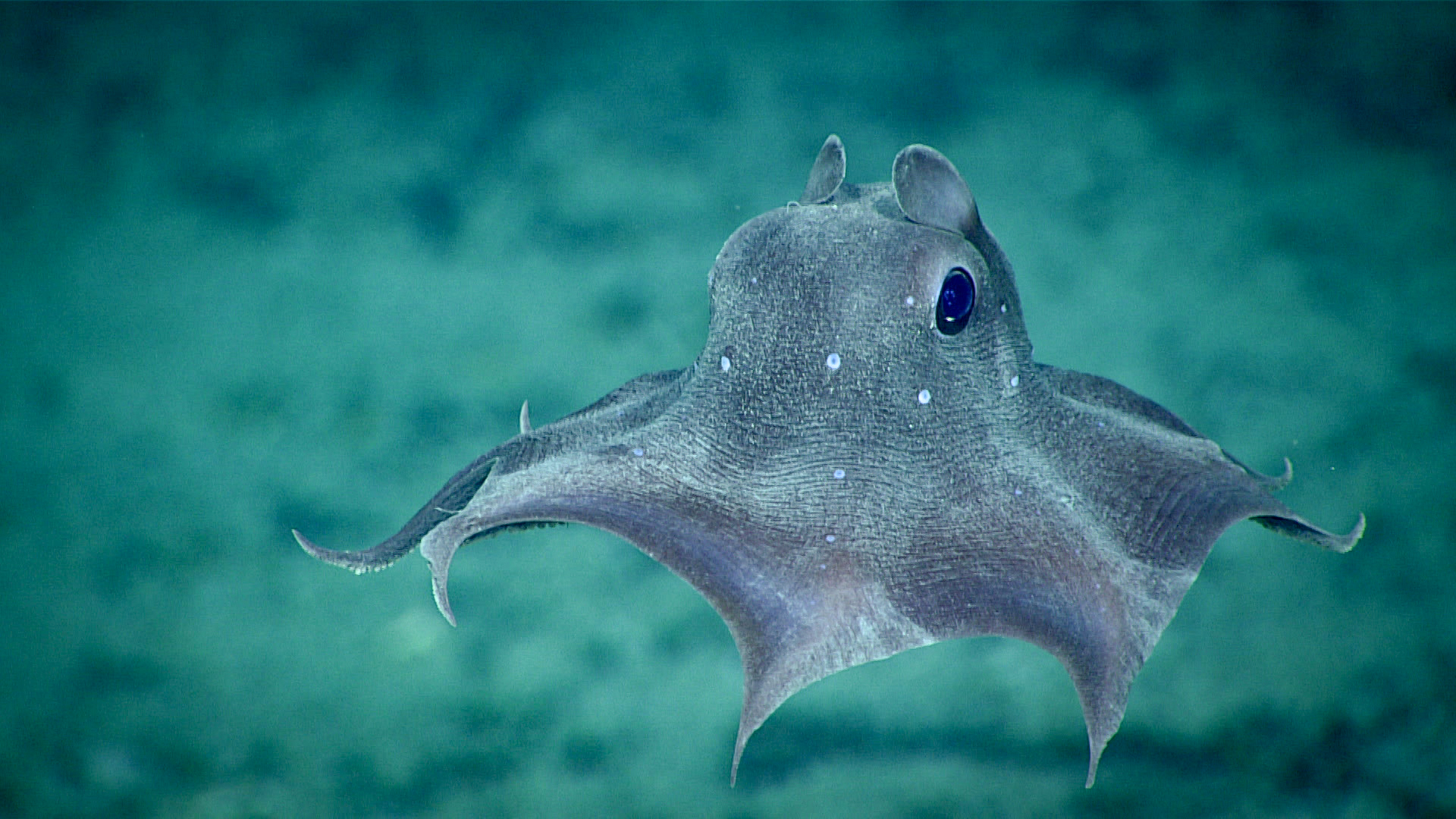
Deep beneath the ocean's surface, the deep-sea octopus navigates a realm of perpetual twilight. This enigmatic creature is a master of disguise, capable of altering its skin texture and color to blend seamlessly with its surroundings. Such camouflage is essential for both predation and protection, as the deep-sea environment is fraught with danger. The octopus's ability to change its appearance is facilitated by specialized cells called chromatophores, which expand or contract to produce a range of colors and patterns. In addition to its visual adaptations, the deep-sea octopus possesses a highly developed nervous system, allowing for complex behaviors and problem-solving abilities. This intelligence is crucial in an environment where survival often depends on outsmarting predators and prey. The deep-sea octopus is a testament to the power of adaptation, demonstrating how life can persist and thrive in the absence of light through ingenuity and evolution.
5. The Glowworm: Nature's Living Lanterns
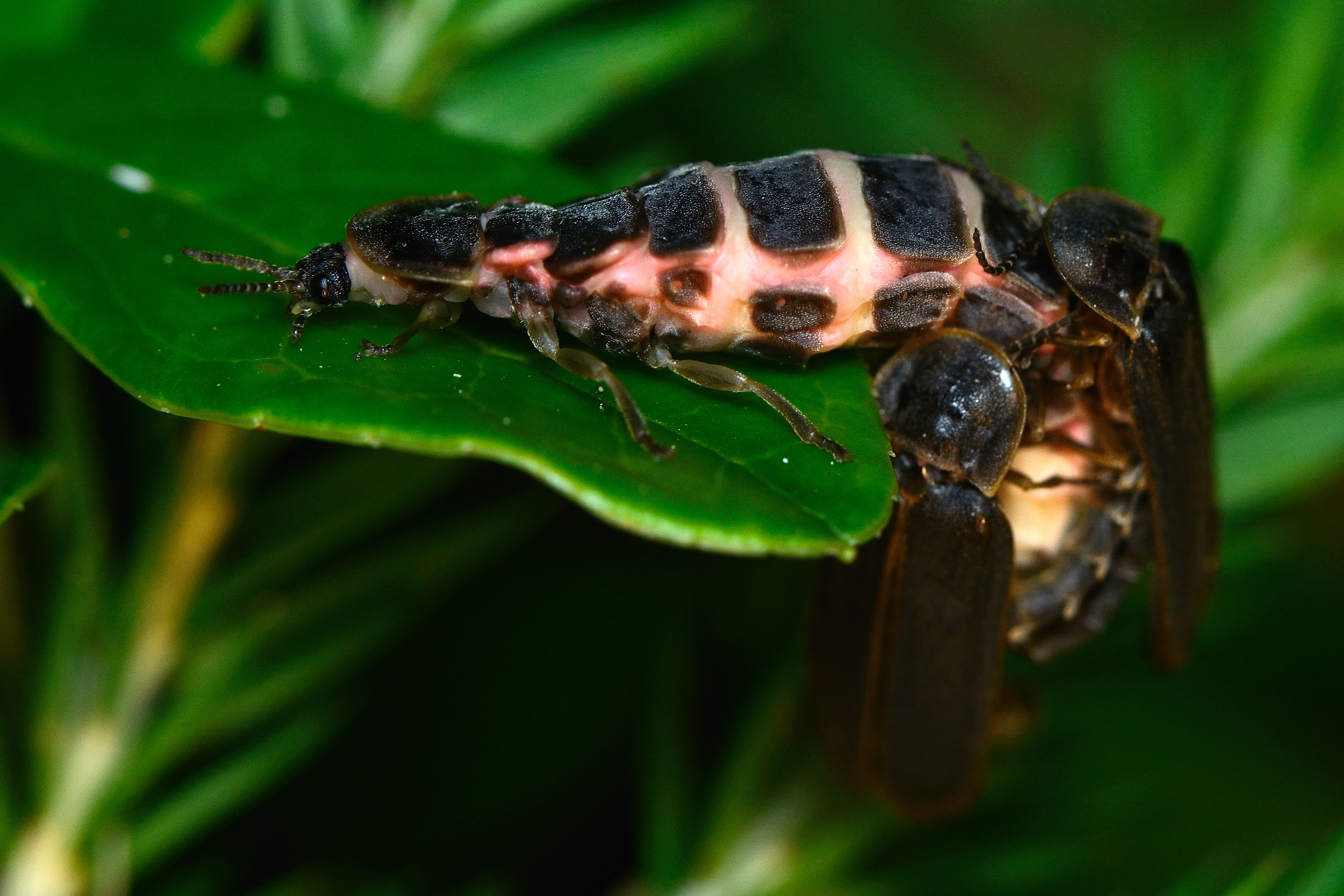
In the damp recesses of caves and forests, glowworms create a spectacle of light that transforms darkness into a mesmerizing display. These bioluminescent larvae use their glow to attract insects, which become ensnared in sticky silk threads that hang from the glowworm's perch. This ingenious hunting strategy is a vivid example of how life can manipulate darkness to its advantage. The glowworm's light is produced through a chemical reaction involving luciferin, an enzyme that emits a soft, greenish-blue glow. This bioluminescence not only serves as a lure but also as a means of communication and deterrence against predators. Glowworms play a vital role in their ecosystems, contributing to nutrient cycling and serving as indicators of environmental health. Their ethereal glow is a reminder of the beauty and complexity that can arise from the interplay of light and darkness in nature.
6. The Vampire Squid: Survivor of the Abyss
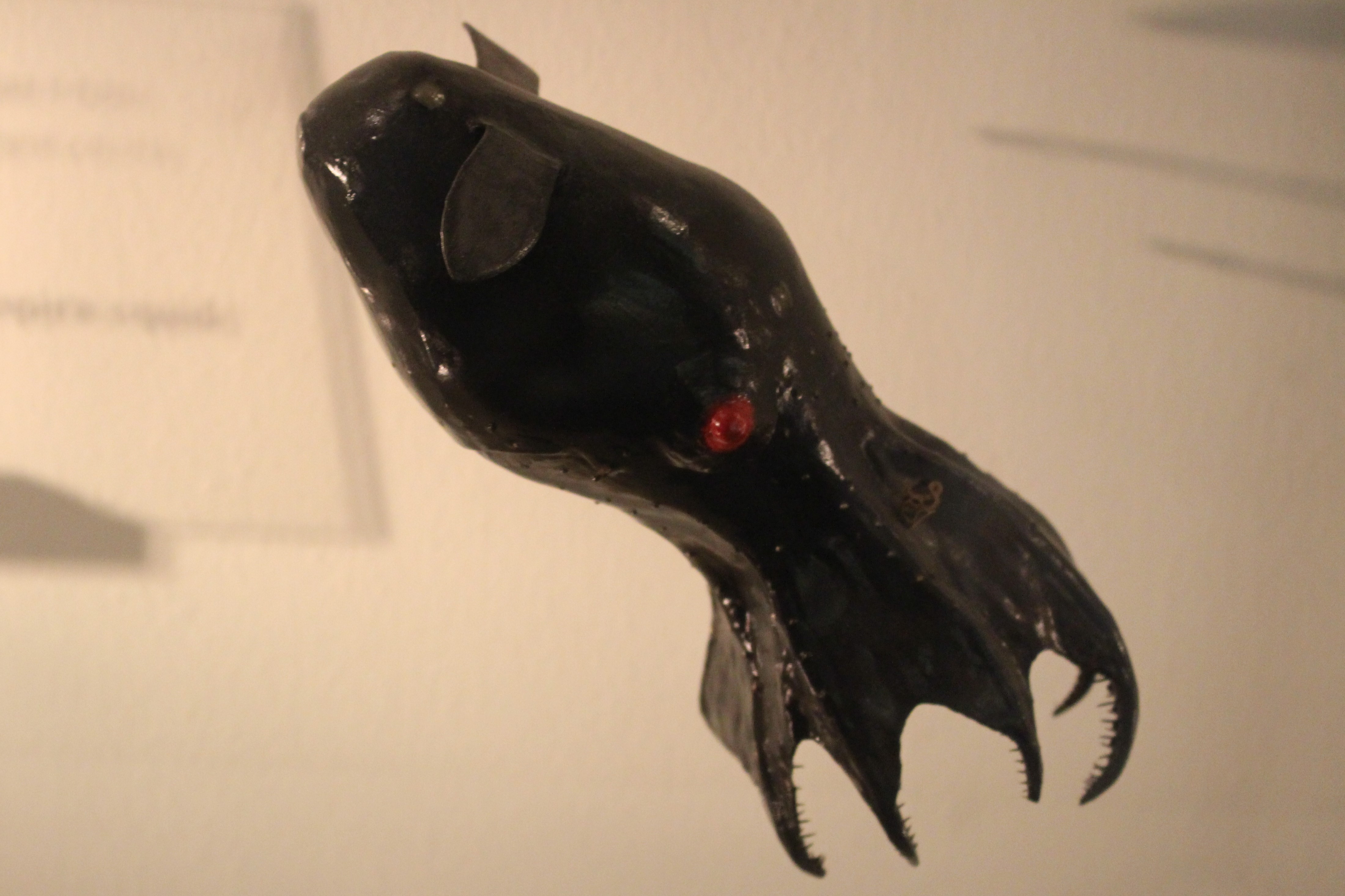
Residing in the ocean's oxygen-minimum zones, the vampire squid is a marvel of adaptation. Despite its ominous name, this creature is not a bloodsucker but rather a detritivore, feeding on marine snow—organic debris that drifts down from the ocean's surface. The vampire squid's ability to survive in low-oxygen environments is due to its unique respiratory system, which allows it to extract oxygen efficiently from the water. Its gelatinous body and webbed arms, which can be inverted to form a protective cloak, further adapt to the deep-sea environment. The vampire squid's bioluminescent organs, known as photophores, emit a faint glow that can startle predators or attract mates. This creature's survival strategy is a testament to the resilience of life, demonstrating how organisms can adapt to some of the most inhospitable conditions on Earth.
7. The Troglobites: Life in the Darkest Caves
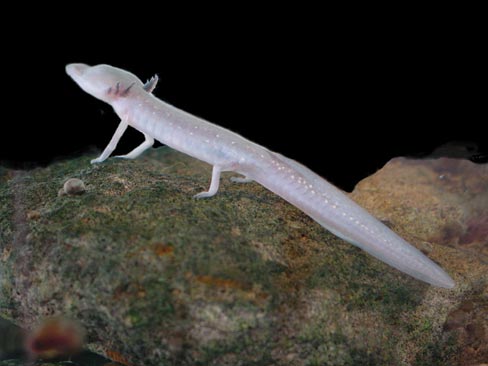
In the world's deepest caves, troglobites represent a fascinating group of organisms that have evolved to live entirely in darkness. These creatures, which include insects, crustaceans, and even amphibians, have developed a range of adaptations to thrive in their subterranean habitats. Many troglobites are eyeless, relying instead on heightened senses of touch and smell to navigate and find food. Their pale, often translucent bodies result from living in environments where pigmentation offers no advantage. Troglobites exhibit slow metabolisms, an adaptation that allows them to survive in nutrient-scarce conditions. Studying these creatures provides valuable insights into evolutionary biology and the limits of life, highlighting the incredible diversity and adaptability of organisms that inhabit the planet's most extreme environments.
8. The Night Parrot: Ghost of the Australian Outback
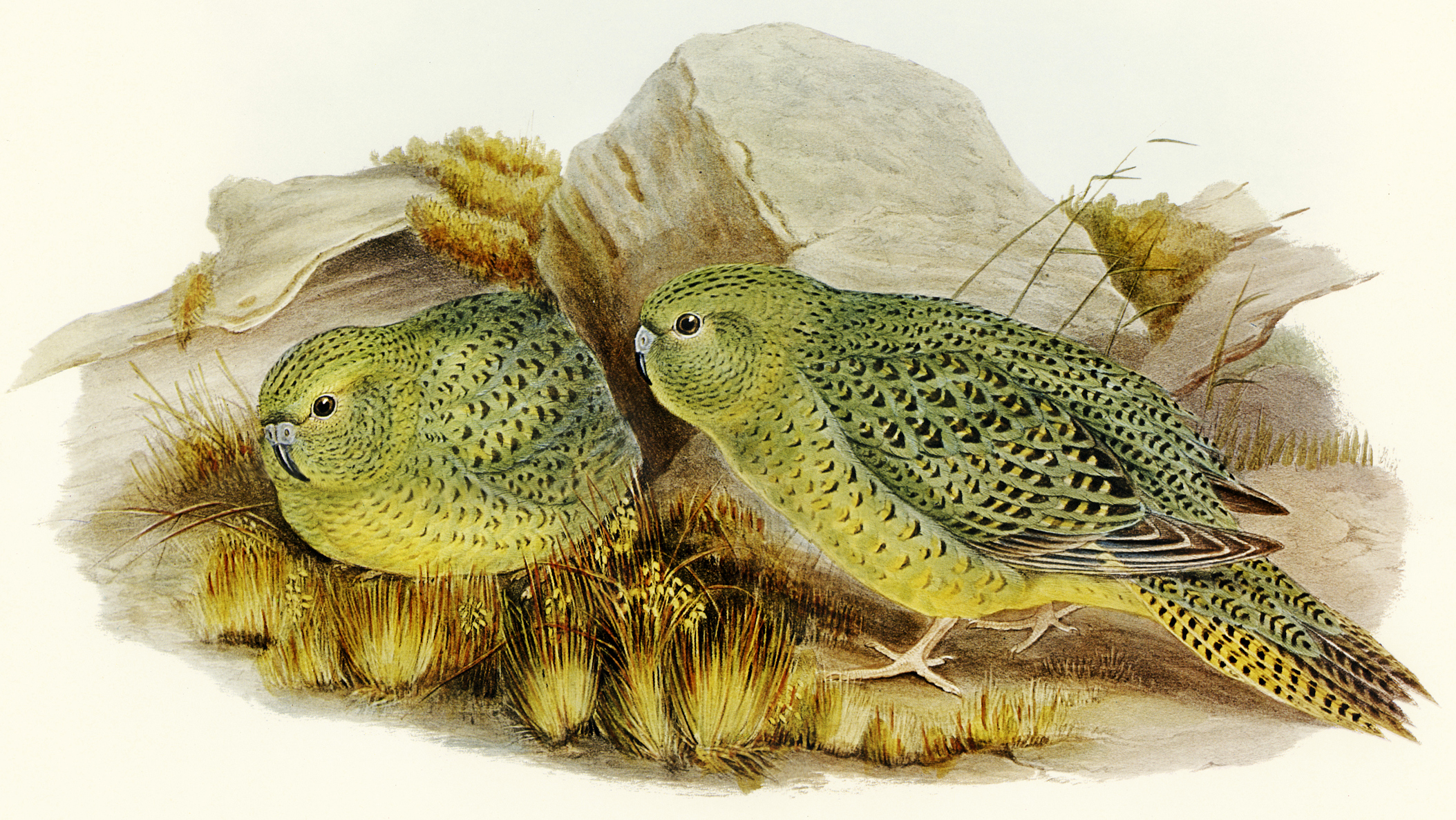
Once thought extinct, the night parrot is a rare and elusive bird that inhabits the arid landscapes of Australia. This nocturnal creature is a master of camouflage, blending seamlessly into its desert surroundings during the day and emerging at night to forage for seeds and insects. The night parrot's adaptations to life in darkness include a keen sense of hearing and a diet that allows it to extract moisture from its food, reducing its need for water. Its rediscovery has sparked significant interest in conservation efforts, as the night parrot serves as an indicator of the health of its fragile ecosystem. The story of the night parrot is a testament to the resilience of life and the importance of preserving the natural habitats that support such unique and enigmatic species.
9. The Star-Nosed Mole: Sensory Specialist
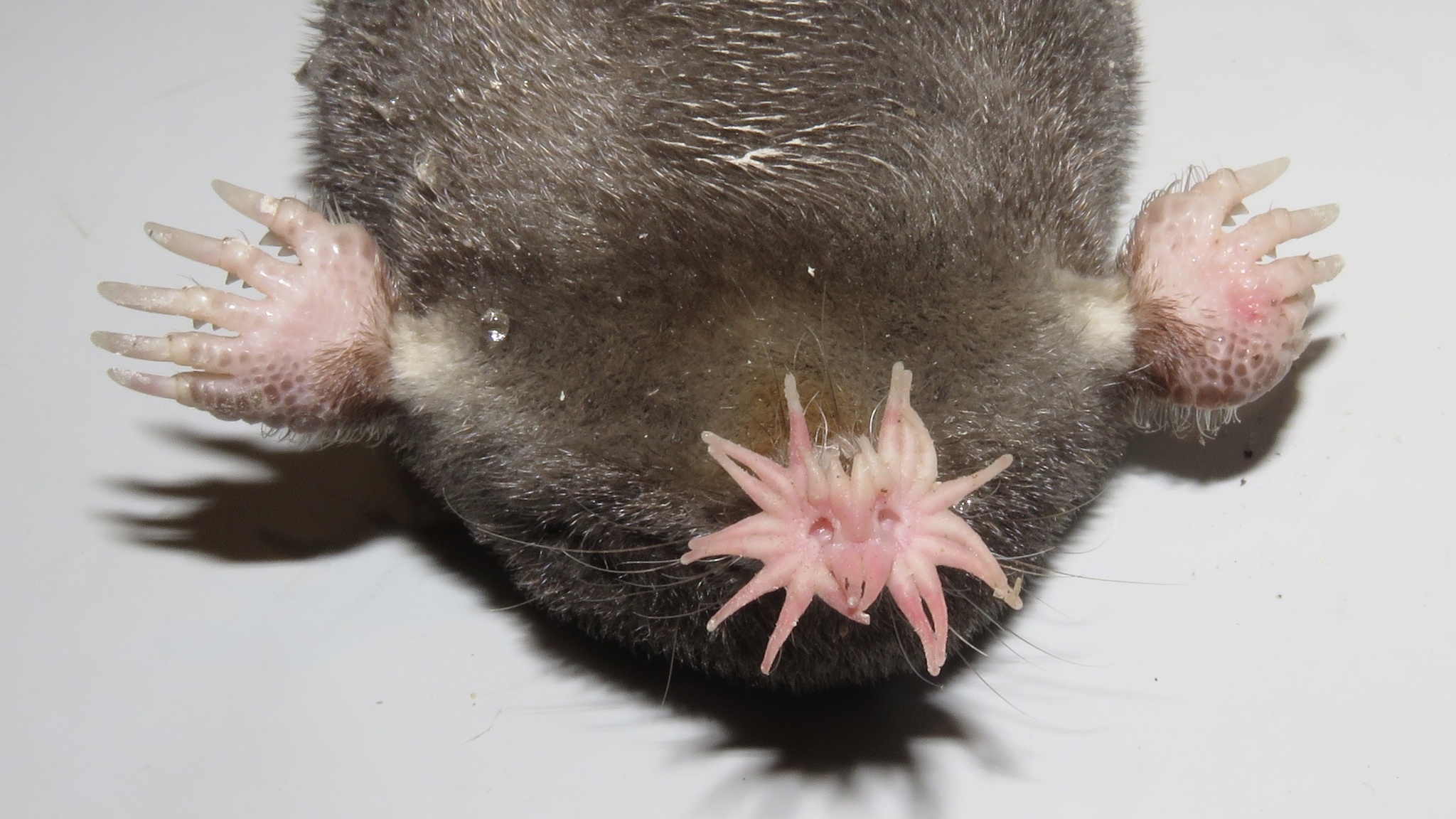
In the wetlands and forests of North America, the star-nosed mole is a creature of remarkable sensory abilities. Its most distinctive feature, a star-shaped set of fleshy appendages around its nose, is a highly sensitive organ that detects prey in the dark, damp soil. This adaptation allows the mole to locate and consume small invertebrates with incredible speed and efficiency. The star-nosed mole's ability to thrive in darkness is further enhanced by its excellent swimming skills, enabling it to hunt both on land and in water. Its unique adaptations make the star-nosed mole one of the most efficient foragers in its ecosystem, showcasing the diversity of life strategies that have evolved in response to living without light.
10. The Olm: The Blind Salamander of European Caves
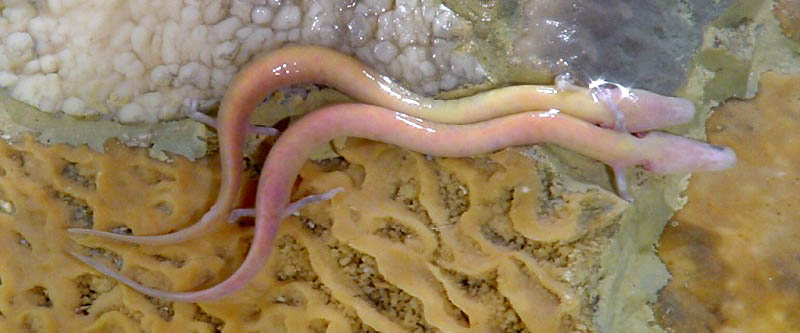
Deep within the limestone caves of Central and Southeastern Europe, the olm is a creature of mystery and adaptation. This blind salamander has evolved to live in complete darkness, relying on its acute sense of smell and electroreception to navigate its subterranean world. The olm's pale, almost translucent skin results from its cave-dwelling lifestyle, where pigmentation offers no survival advantage. Remarkably, the olm can live for over a century, with a slow metabolism that allows it can survive without food for up to a decade. Its long lifespan and unique adaptations make the olm a subject of great scientific interest, offering insights into the mechanisms of evolution and longevity in extreme environments.
As we conclude our journey through the shadows of nature, we are left with a profound appreciation for the resilience and adaptability of life. The creatures we have explored, from the ocean's depths to the darkest caves, demonstrate how organisms can thrive without light. These adaptations are not only a testament to the ingenuity of evolution but also a reminder of the interconnectedness of life on Earth. Each creature plays a vital role in its ecosystem, contributing to the complex web of life that sustains our planet. In understanding and protecting these unique organisms, we gain valuable insights into the natural world and our place within it. As we continue to explore and discover, let us be inspired by the creatures of the dark, whose lives illuminate the boundless possibilities of life in the shadows.





